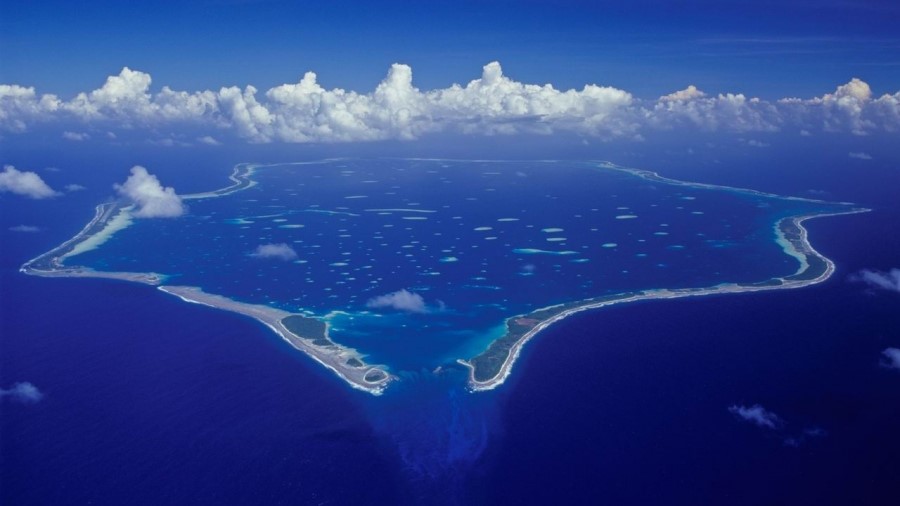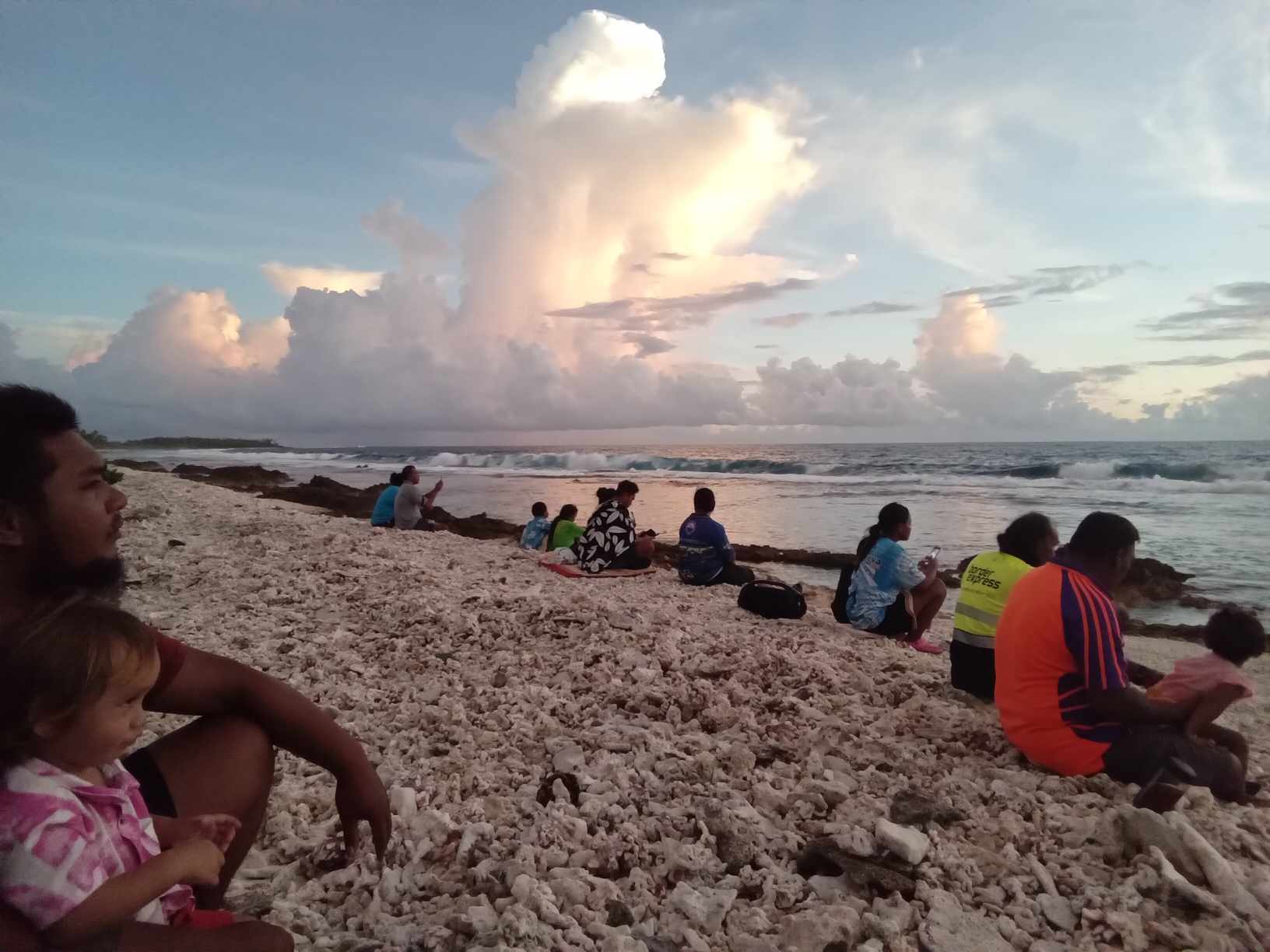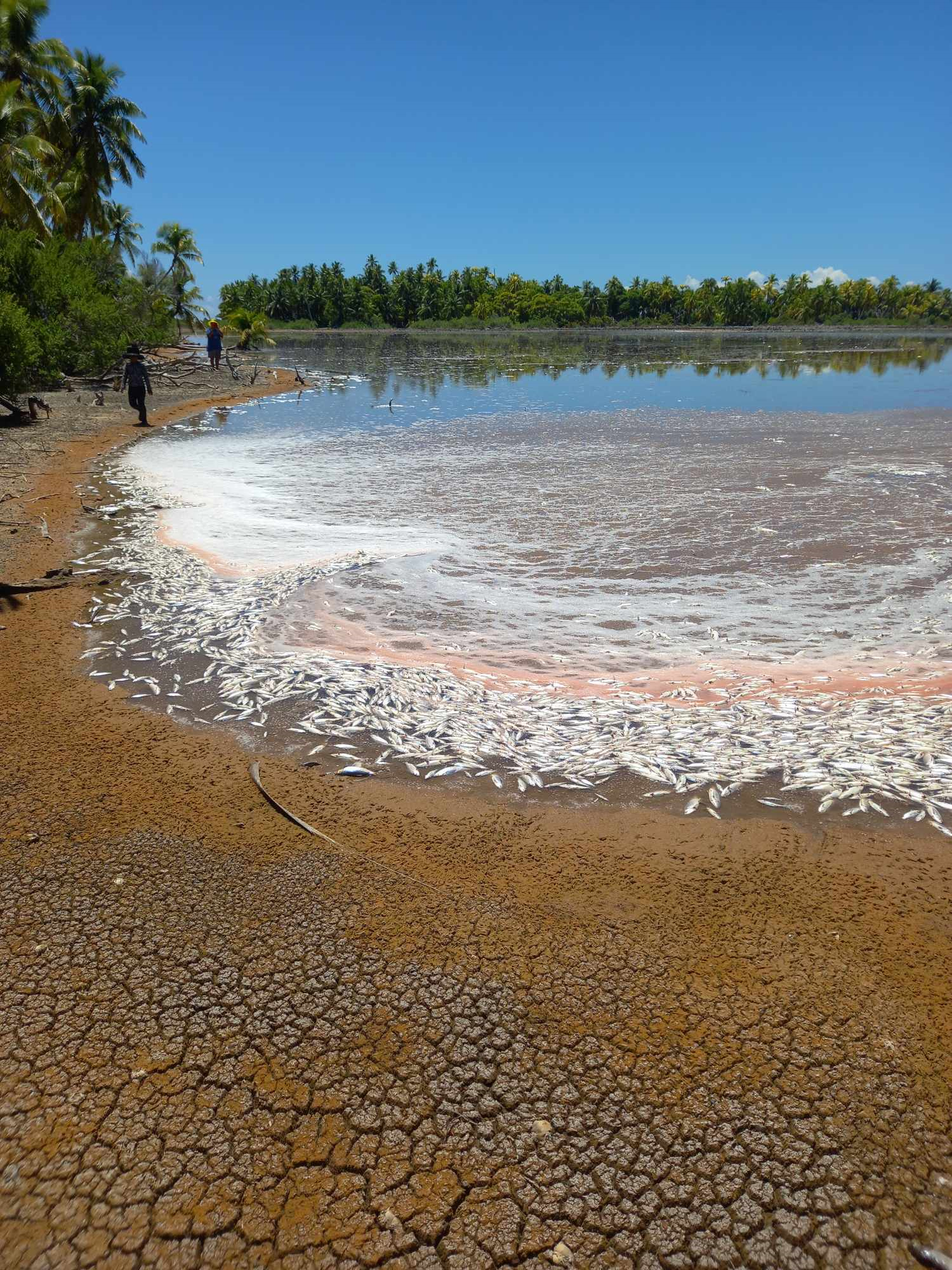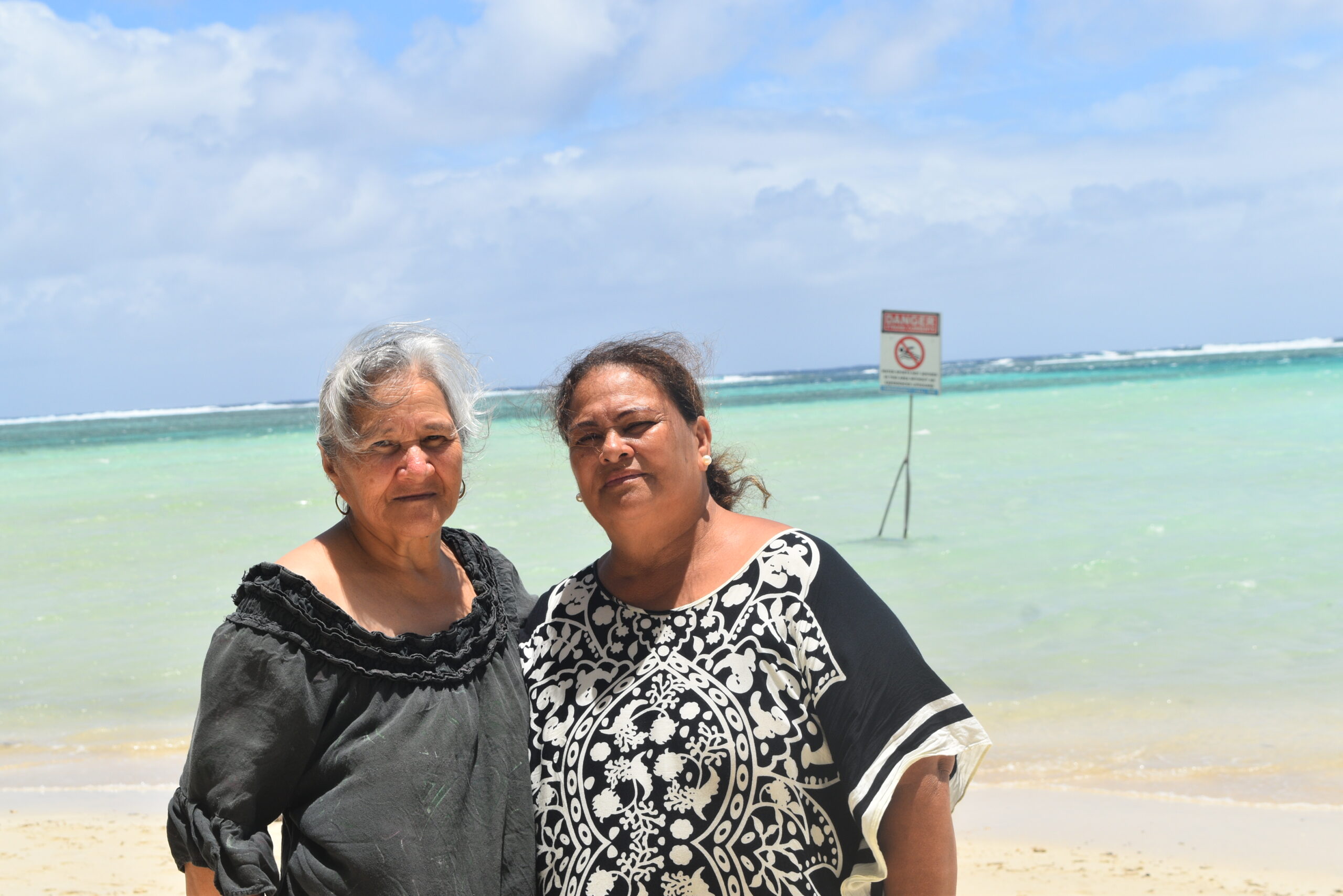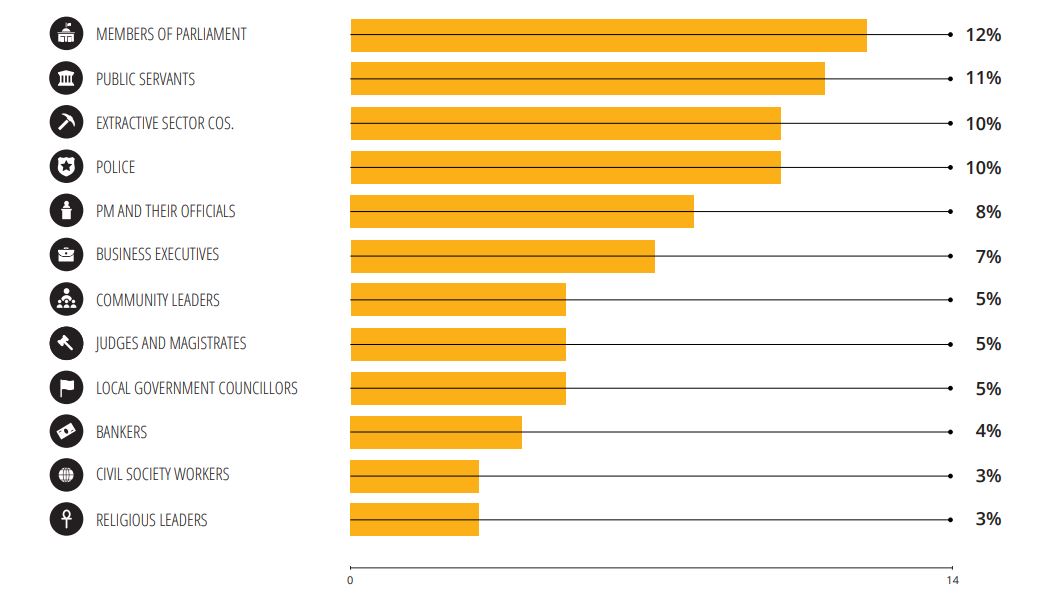GISBORNE – She came with all the warnings under the sun, but the monster Tropical Cyclone Pam that slammed Vanuatu fizzled out almost before she reached New Zealand’s shores.
That said, up to 100 people elected to move out of their homes in vulnerable coastal areas on the East Cape.
Spectacular waves of up to six-metres rolled into the shore from Gisborne right up around the coast to Hicks Bay, where some homes were threatened and several coastal access roads were closed.
Cyclone Pam arrived in the dark, unwanted and later than expected. She was initially gentle – light winds, light rain – but by midday she had settled in to what locals described as not much worse than a normal winter storm.
The 160kmh winds never eventuated and the rain was intermittent. Up to 200mm fell along the coast.
There has been minimal damage reported in the wake of the cyclone, with a few trees coming down and one roof in Hicks Bay ripped off. The worst of Cyclone Pam had passed through the region by Monday evening.
Gisborne residents had spent four days stocking up on emergency food and water. Local supermarkets experienced Christmas Eve-like queues at the checkouts.
Many spent a restless Sunday night waiting for the cyclone to strike but woke up to a quiet but cloudy morning Monday.
The rain and wind increased through the day but it was nothing more than a normal stormy winter’s day.
At high tide on Monday the cyclone sitting offshore appeared to pulse and within a half hour period the seas that had been running high – became gigantic.
“I’ve never seen anything like it before,” said Gisborne resident Willie Baty. “The surf is beyond huge, wind is blowing pretty strong – you can’t really stand up.”
Despite the massive waves rolling into exposed beaches little erosion was experienced.
Gisborne’s port was closed, and so too were many local businesses and most schools. Some roads were closed due to slips.





